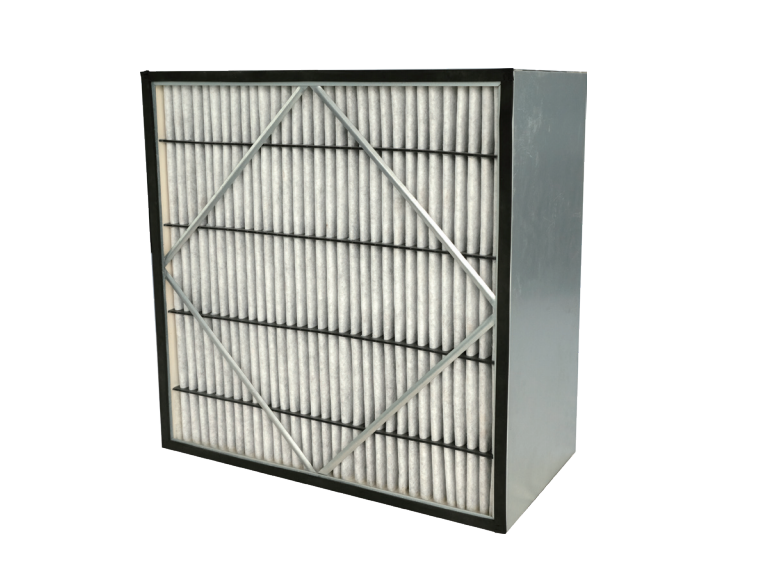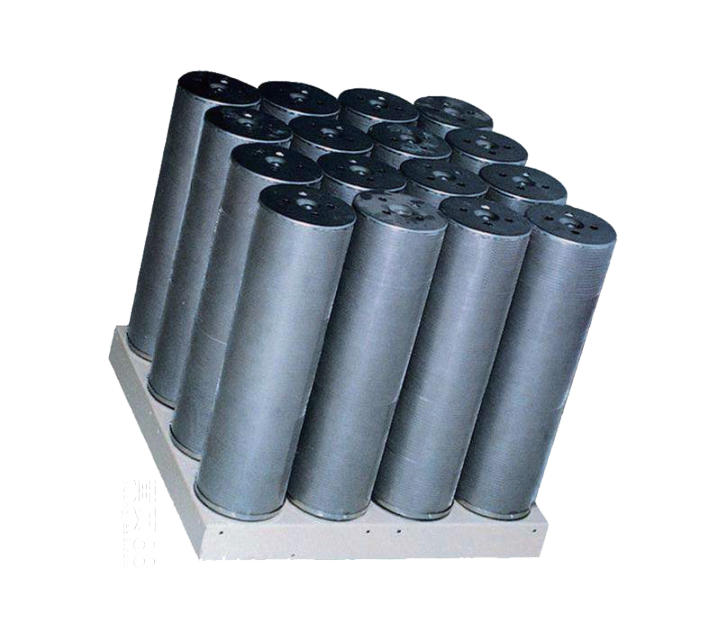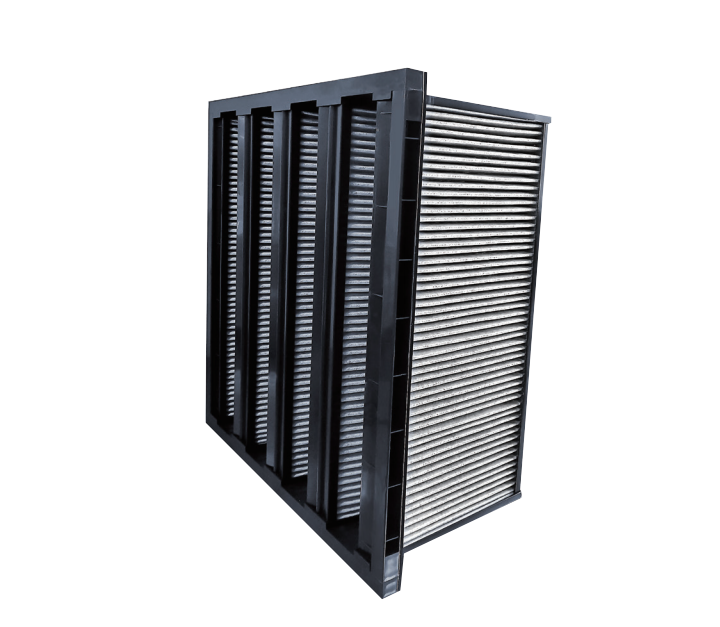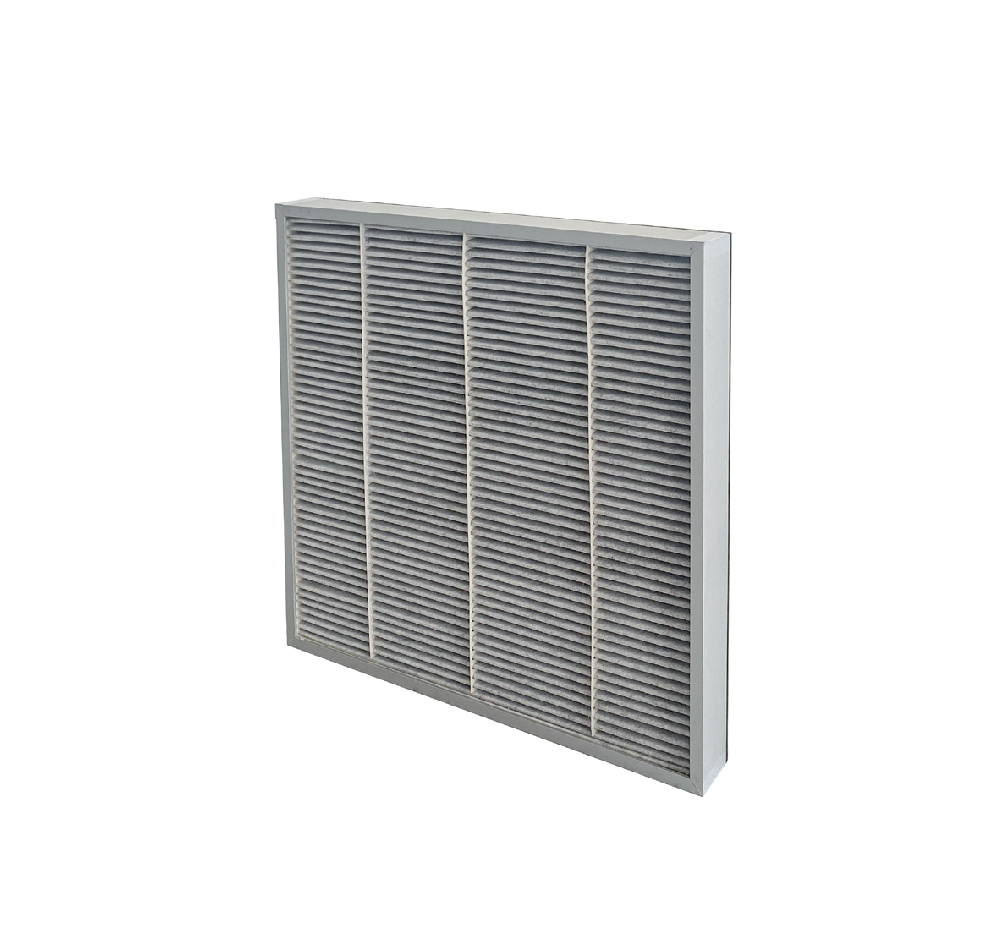How to determine whether the dust particle counter is effectively calibrated?
- 2019-08-04
- 1303
- Esky Purify
The dust particle counter uses the principle of light scattering to measure the number and particle size of dust particles in the air. The working principle (Figure 1):The light from the light source is focused on the detection area by the lens group, and the dust particle counter passes the sampled air through the area through the sampling pump. When a dust particle (referred to as particle) passes through, it scatters the incident light once, generating a light pulse signal, which is amplified and identified, and the required signal is screened out, and then displayed through the counting system. The height of the electrical pulse signal reflects the size of the particle, and the number of signals reflects the number of particles. The main technical indicators of concern are the size and number of particles.

The size of the particles can be traced back to standard particles, usually using polystyrene plastic latex balls (PLS:Polymer LatexSuspensions), which can be traced back to size through scanning electron microscopy. However, it is difficult to have a reliable way to trace the number of particles. The particles detected by the dust particle counter are difficult to capture, there is no effective way to count the number, and they cannot be weighed. Even if each step of the sampling is performed well, the counts displayed by different dust particle counters will still be very different. The main reason is that there are differences in the design and performance of various dust particle counters, so the calibration of dust particle counters has always been a hot topic and difficulty in domestic and foreign research.
A large number of foreign literature [2-5] mentioned the concept of counting efficiency. The so-called counting efficiency is the ratio of the number of particles displayed by the dust particle counter to the number of standard particles obtained from the aerosol sampled at the air inlet of the dust particle counter. Instruments with a small measurable particle size of <0.2 μm are classified as Class A, and those with a particle size of >0.2 μm are classified as Class B. Class A particle counters are condensation nucleus counters or similar counters with no less than the same performance. The counting efficiency of Class B counters can be obtained by taking Class A counters as the standard. The specific indicators of counting efficiency:The counting efficiency of dust particle counters under small measurable particle sizes should be the same as the problem of tracing the source of the particle counters. It is just tacitly recognized by everyone and has not become a benchmark. The literature also mentions the particle size range response voltage. This method requires connecting a multi-channel pulse amplitude analyzer to the output end of the dust particle counter to be tested (the output end of the preamplifier or the input end of the main amplifier). Use a standard particle generator to generate experimental aerosols suitable for standard particles of different particle sizes, analyze the pulse signals corresponding to different particle size ranges, make pulse frequency curves, and determine the response voltages of different standard particles. It also mentions the use of dust particle counters for calibration by comparison method.
Based on the value traceability requirements of dust particle counters, JJG547-88 "Dust Particle Counter" was formulated in 1988, using polydisperse standard particles to calibrate the particle size distribution accuracy and monodisperse particle measurement discreteness of dust particle counters. This procedure avoids direct verification of particle concentration and adopts the partial method. All its indicators are indirect values. In 2008, after years of efforts, the procedure was revised and changed to JJF1190-2008 "Dust Particle Counter" [7]. The main technical indicators of this specification include appearance requirements, insulation resistance, electrical strength, self-cleaning time, flow error, timing error, repeatability, particle size distribution error, and particle concentration indication error, covering the basic performance of the measuring instrument, while also taking into account factors such as the scientific nature and operability of the calibration work. This specification innovatively proposes to use a standard particle generator to generate standard particle aerosols and use a precision dust particle counter as a standard to calibrate the indicator that has always been avoided but is extremely important:particle concentration indication error. The key to the calibration of dust particle counters is the standard particle generator, precision dust particle counter, and data processing.
In the 1970s, my country developed the first domestic dust particle counter and began to study dust particle counters and calibration methods. In 1985, GB6167.1 ~ GB6167.2-85 "Dust Particle Counter Performance Test Method" was formulated and revised in 2009 [6]. This standard mainly refers to relevant foreign literature and proposes counting efficiency, particle size response voltage, and comparison method. It has a very positive significance for the factory debugging of the products of the manufacturing enterprises and the improvement of product quality, but it is not suitable for the measurement and verification departments to carry out the traceability of measurement values (first of all, the measurement and verification departments are not allowed to disassemble the calibrated equipment for the traceability of measurement values).
















 Home
Home Product
Product News
News phone
phone